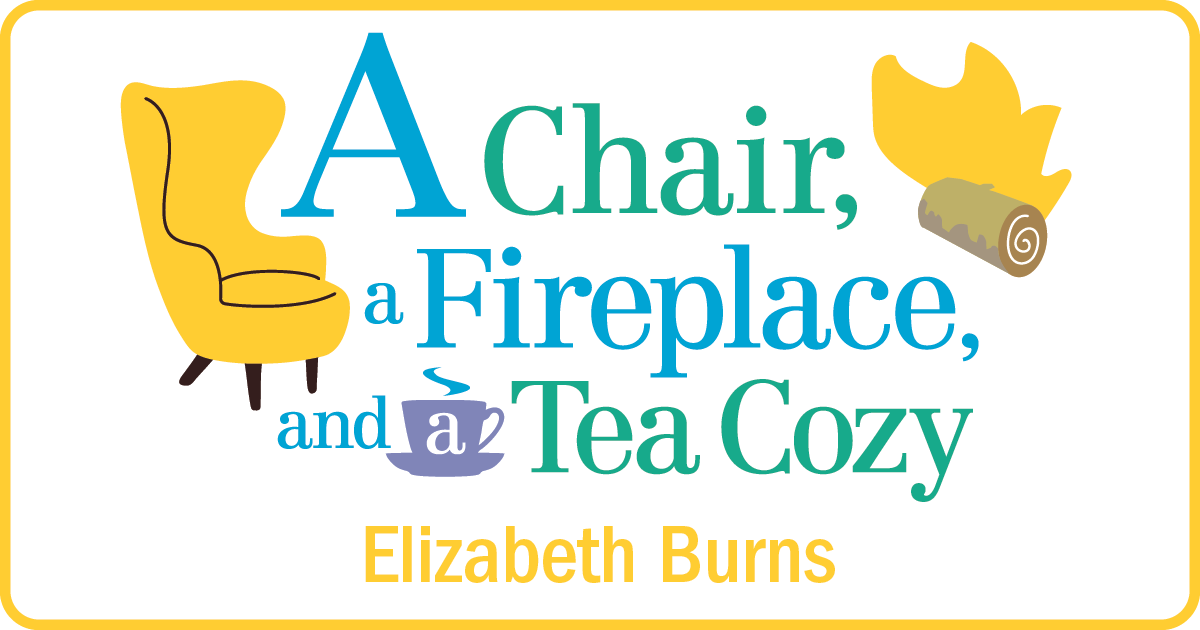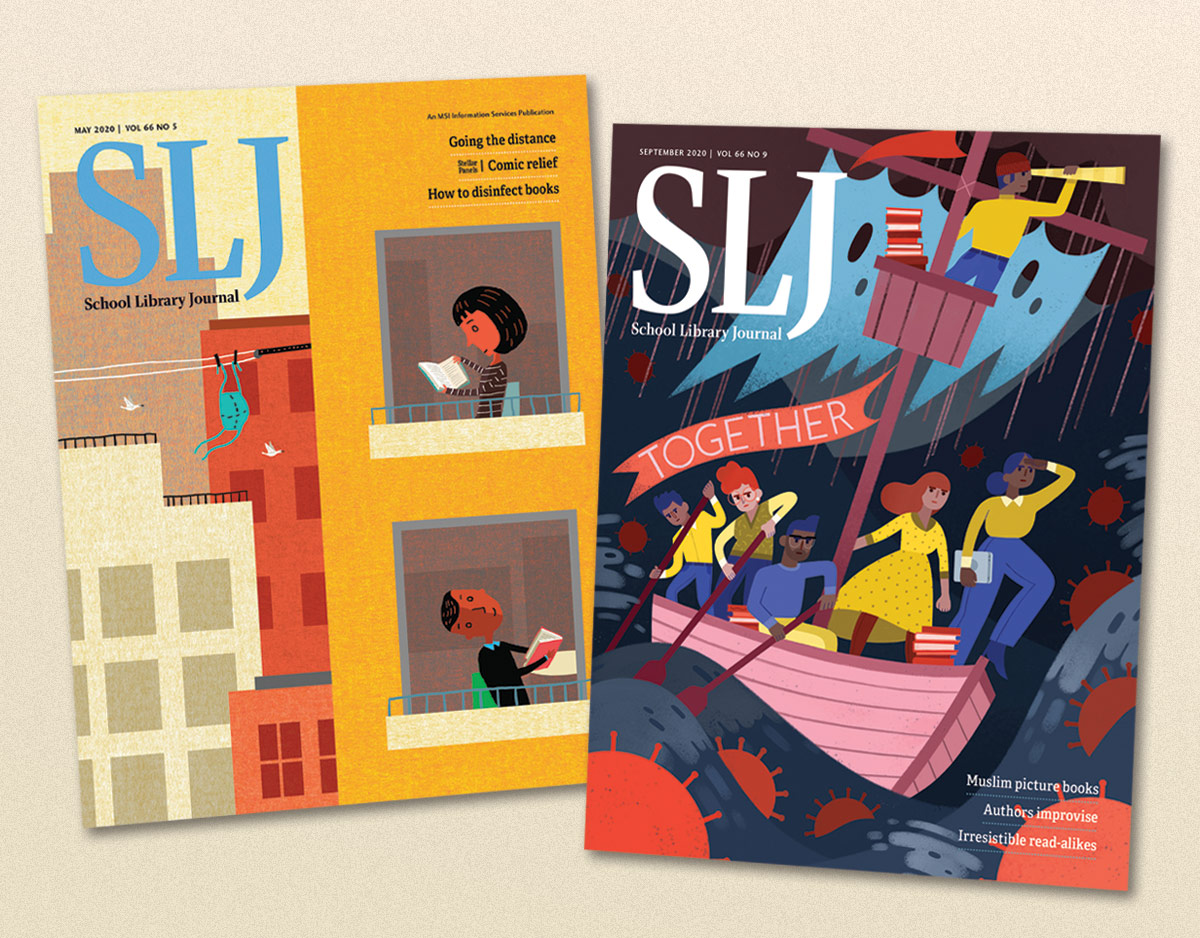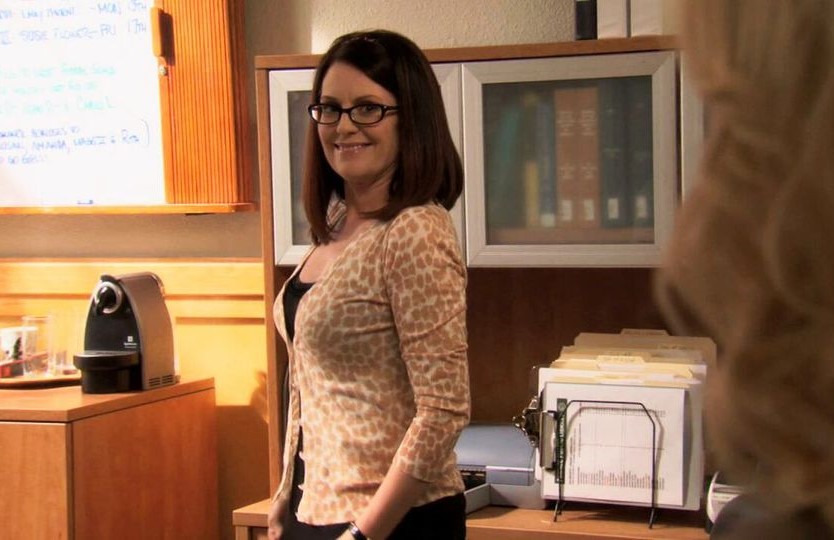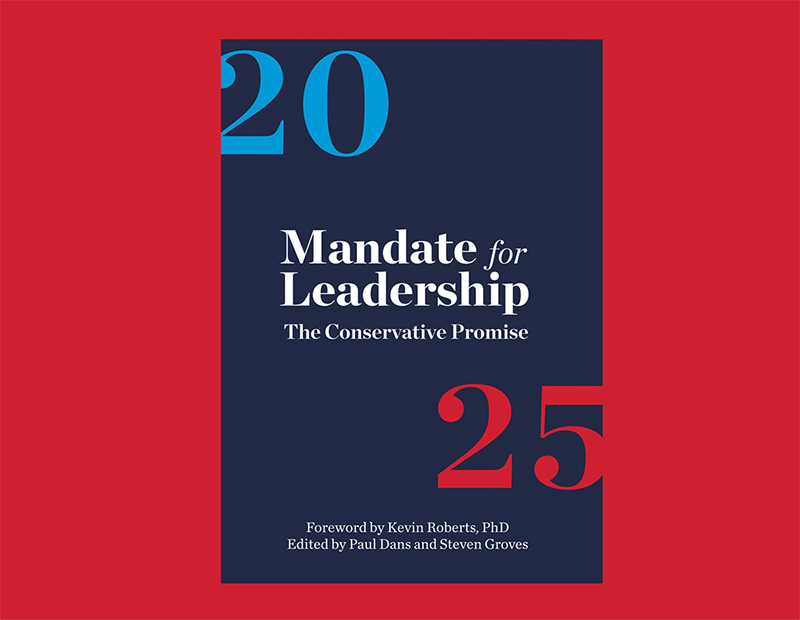SCROLL DOWN TO READ THE POST
Alternate History
 So, as promised in my post about Steampunk / Alternate History Week, I’m just going to talk about Alternate History.
So, as promised in my post about Steampunk / Alternate History Week, I’m just going to talk about Alternate History.
Historical fiction is a genre that, especially for children’s and young adult literature, is viewed by some people as unpopular among the target audience. I’m not sure why; I stumbled upon A Proud Taste for Scarlet and Miniver by E. L. Konigsburg around fifth grade, fell in love with Eleanor and Henry and English history and historical fiction all at once.
I’m mentioning historical fiction because it’s loving historical fiction that led me to love alternate history. Take history — take a known — and tweak it. Tweak it a little, or tweak it a lot. The story can be about that change or the backdrop for a story, where the “what if” is less about the Changed World Event and more how that Changed World Event changed the world, people, culture and their points of view. It can also be great fun for the person who is familiar with the history, to see the almost Easter Egg references to famous people, places and things that are now just a wee bit different.
ADVERTISEMENT
ADVERTISEMENT
Now, here’s the thing. I’m going with definitions that work for me. I’m sure there will be people who disagree. So, if you do, just give me your definition in the comments along with some book recommendations.
A pretty classic example of “changed world event” is The Year of the Hangman by Gary Blackwood. It’s 1777 and in 1776 the British crushed the Revolution and now the leaders such as George Washington are waiting to be executed — hence the title. Exploring how things may have worked out is interesting not just for the person familiar with a time period; it’s also a great launching pad to discover the real history, to find out more about how things actually worked out and to think about why history works the way it does.
I’ve read alternate history stories where my history of the time period being discussed is so shaky that I had no idea what the “gotcha” event was until I read the historical explanation. OK, I”ll name a particular story — Counting Potsherds by Harry Turtledove. Guess what? I read that story about 20 years ago. And it stuck with me all those years because it was that good.
Steampunk is a particular type of alternate history; as explained in Steampunk: Full Steam Ahead in School Library Journal, “Steampunk is both speculative fiction that imagines technology evolved from steam-powered cogs and gears–instead of from electricity and computers–and a movement that fosters a do-it-yourself attitude and a love of beautifully crafted, yet functional, objects. Although K.W. Jeter coined the term in the late 1980s, the concept is much older: Jules Verne, H.G. Wells, Mary Shelley, and other 19th-century authors are primary influences. These writers inspired a dark, melancholy genre typically set in Victorian England.” So it’s kind of alternate history because it’s usually set in a Victorian type England, but it’s also alternate science fiction because the speculative element includes technology. If you want even more information, the Locus September 2011 issue is all about steampunk.
There are some books that aren’t quite historical fiction — not in the sense of being able to pinpoint the exact tweak. Instead, different aspects of history and culture are taken and used in a different way. Take Flora Segunda by Ysabeau Wilce. (From the cover and sub-title, it was presented as a fantasy and it is. Their is plenty of magic. Read the excellent review at the New York Times to get a sense of the incredible fantasy world-building. Personally, though, I think Leila at Bookshelves of Doom conveys a better flavor of the book itself.
Flora Segunda is set in an alternate world, where Flora’s mother is the commanding general of the army of Califa and that’s perfectly normal. Califa — California. And the enemies? The Aztec Empire. So on the one hand, this is fantasy, no doubt. But on the other, it also has a bunch of things in it that people who like their history can go “oh’ about. Wilce explained in an interview with Cynthia Leitich Smith: “I’ve got a degree in history and was working as historian, but as much as I loved researching and writing factual pieces, it was hard sometimes not to drift into “what if…” But historians must (for the most part) shun such thoughts. So I decided to look at history through the prism of my imagination, and Califa was born. So far all my fiction has taken place in this tiny country. Califa is not supposed to be an alternative history of any one place, but I’ve drawn from a lot of historical detail, as least as far as material culture goes. Once I decided to try to write professionally, I was very lucky how quickly I was able to proceed.”
So, alternate history — love it? hate it? don’t understand it? And if you love it, what titles would you recommend?
Links:
Tamora Pierce’s list of recommended Alternate History books
Edited to add: A round up of posts for Steampunk / Alternate History Week, over at Chasing Ray
Filed under: Uncategorized
About Elizabeth Burns
Looking for a place to talk about young adult books? Pull up a chair, have a cup of tea, and let's chat. I am a New Jersey librarian. My opinions do not reflect those of my employer, SLJ, YALSA, or anyone else. On Twitter I'm @LizB; my email is lizzy.burns@gmail.com.
ADVERTISEMENT
SLJ Blog Network
Zachariah OHora on PBS
Cover Reveal and Q&A: Dusti Bowling’s Latest – The Beat I Drum (Apr 2025)
Girlmode | Review
Introducing: Heather Cox Richardson, putting the past and present together in context
The Classroom Bookshelf is Moving
Gayle Forman Visits The Yarn!
ADVERTISEMENT
ADVERTISEMENT







